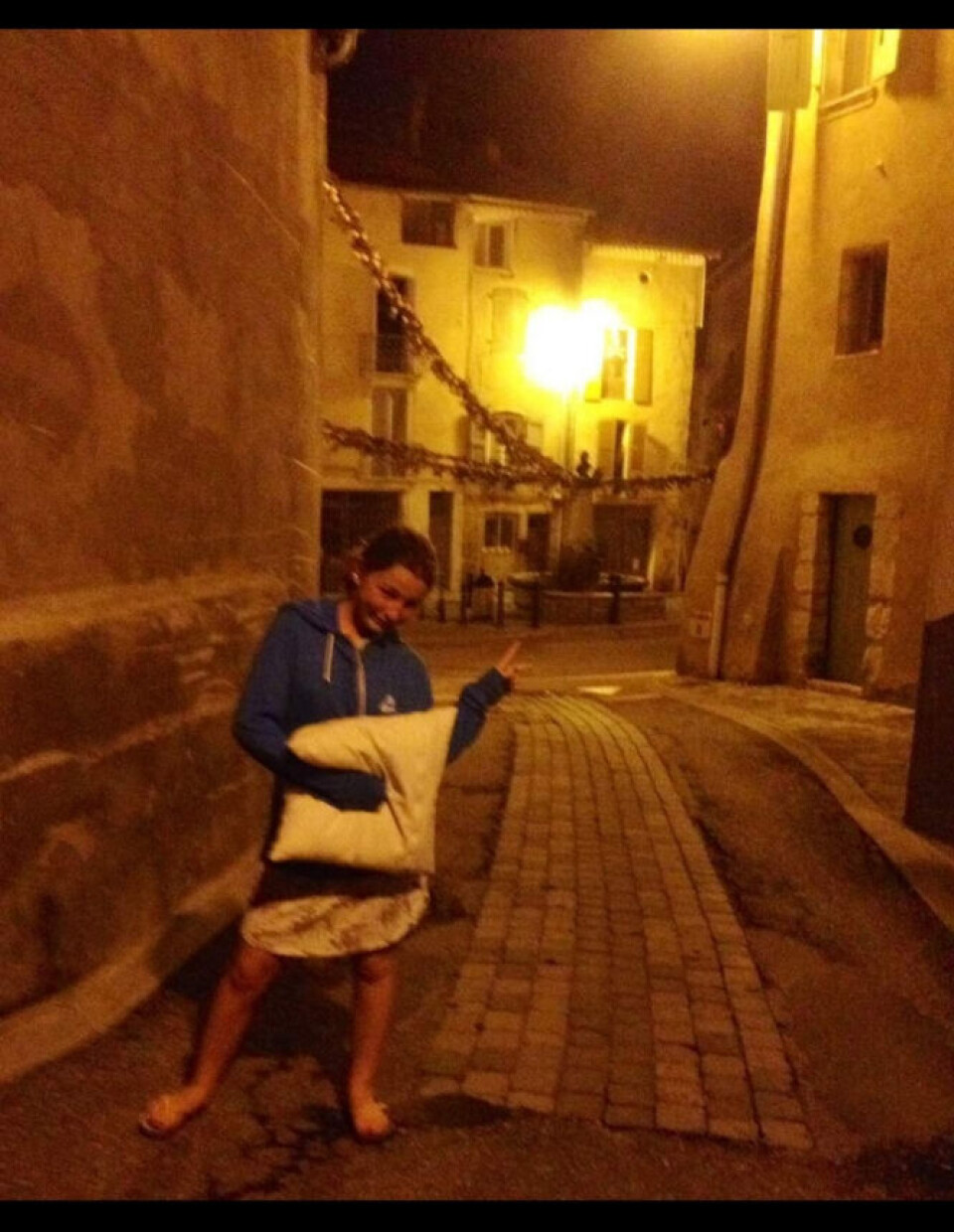-
'We moved from the US to France to restore a château'
Mark Goff and Phillip Engel swapped the California wine country of Napa Valley for a new life at Château d’Avensac
-
How I became a beautician after moving to France
When Teri Fox, 55, relocated in 2007, she mastered lots of new skills including fitness and aesthetics courses, as well as managing beauty salons – before going on to open her own
-
Brittany will be the best place to watch this week’s lunar eclipse in France
The longest view will be in Ouessant, the small island off the far west of the region
‘Enchanted’, ‘amazing’: Your memories of the Perseids shooting stars
The meteor shower will be visible on clear nights above France until August 25, so stargazing is still possible

Friday, August 12 marked the peak of the Perseids meteor shower, but the ‘shooting stars’ event will still be visible on clear nights until August 25.
This annual event is caused when the Earth passes through the stream of debris left in the wake of Comet Swift-Tuttle, bringing pieces of matter crashing into the upper atmosphere at high speed and lighting up the night sky.
The Perseids are so named because the meteors appear to come from the Perseus constellation, which is located near one of the brightest star formations, Cassiopeia the Queen.
We asked Connexion readers about their best memories of watching and tips for spotting the meteors in France.
‘One enchanted night’
Sarah told The Connexion that the best place she had ever watched the Perseids was when visiting a friend in Cabrerolles (Hérault) in August 2021.
She said that they were at a “magical vineyard”, the Domaine du Météore in AOP Faugères Languedoc.
“At its heart is a 10,000-year-old meteor crater full of vines laden with big bunches of grapes and all their cuvées are named after meteorite showers.
“Their Perséides cuvée is a grenache-syrah-mourvedre blend aged in oak: delicious and perfect for toasting the stars.
“There is also a restaurant within the crater where we had a 6 course tasting dinner with all their ingredients cooked on a wood fire using the previous year's gnarly vine prunings.
“We had a wonderful dinner, met new people from all over the world – including a Swedish DJ with a big vinyl collection! – with the smell of woodsmoke and we watched the shooting Perseids stars.
It “was one enchanted night.”
‘Be patient! You will be rewarded’
Kevin Perkins, who lives in Calvados, said: “My best sighting was in the garden of my previous house near Compiègne, and included a multi-coloured comet breaking up into a myriad of smaller particles. It took my breath away.”
He advised people hoping to spot the meteors at some point in the future to: “Find a corner with the least amount of light pollution; get comfortable in a reclining deckchair or 'transat': something cool to sip may be welcome...and be patient!
“You will be rewarded, guaranteed, with a showing of various degrees of brilliance.”
‘The greatest display ever’
Christina Longbotham, who lives in Uzès (Gard), told us: “Years ago, probably in the early to mid ‘60s, we saw the greatest display ever, and every night too for a certain period.
“The location was the valley of l’Escalette, a little north of Lodève (Hérault), before going up on the plateau.
“Chairs facing west across the valley, we simply waited for the show to start. And it did.
“We were looking for a house at the time, bought one and are now in our fifth, many interesting years later.”
‘Hundreds of shooting stars’
Tracey Taylor, who has a second home in Veynes (Hautes-Alpes) where she and her family spend their summers, said that they have had: “Amazing views of the Perseids” in the area.
“My youngest daughter and I ventured out every summer until Covid with pillows and lay on the empty roads.
They “had an encounter with a snake one year and what we were sure was a wolf on another occasion, along with hundreds of shooting stars!”

Credit: Tracey Taylor
It may not be possible to see the Perseids over France tonight (August 17) if the storms continue, but hopefully there will be cloudless nights before they disappear for another year.
Read more: Orange storm and flooding alerts remain for southeastern France
To improve your chances of seeing the shooting stars, you should find a dark spot away from the light pollution of cities.
Meteor showers are best viewed at the darkest point of night, after midnight. Your eyes need some time to adjust to the darkness, so you should wait for a while before expecting to see anything.
Although the ‘shooting stars’ appear to come from the Perseus constellation, you do not necessarily need to look in any particular direction to see the meteor shower, and it will not help to use binoculars or a telescope.
Related articles
Pictured: ‘Thunder Moon’ above southwestern France
Pictured: Lunar eclipse as it appeared in south-west France
























